The Explainer is where we explain an aspect of Chinese life. Simple. So now you know.
Mid-Autumn Festival, also known as the ‘Harvest Moon Festival’ or ‘Moon Cake Festival,’ is the traditional Chinese holiday held on the 15th day of the eighth month in the Chinese calendar.
Called Zhōngqiū Jié (中秋节) in Mandarin and Jūng-chāu Jit (中秋節) in Cantonese, the festival is celebrated across the length and breadth of the Chinese mainland as well as in Hong Kong and Taiwan.
This year the festival falls on Saturday, September 10, and – not to be denied our holiday just because it falls on the weekend – we get Monday, September 12 off work.
Origins of Mid-Autumn Festival
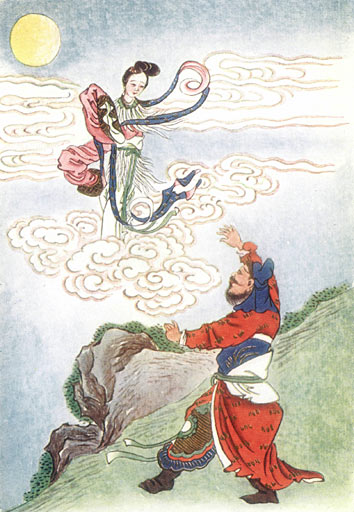
Image via Wikimedia Commons
This ancient festival dates back to the harvest celebrations of Shang Dynasty (c.16th to 10th Century BCE). The festival began with the worshipping of the Mountain Gods following the completed harvest. The term ‘Mid-Autumn’ first appeared in the Rites of Zhou written between 1046-771 BCE.
However, the festival only started gaining in popularity in the period of the early Tang Dynasty (618-907 CE) following Emperor Xuanzong of Tang’s decision to start holding formal celebrations after exploring the Moon-Palace.
Moon worship was central to early Chinese belief, as the moon symbolized rejuvenation and fertility among women and the harvest. As such, offerings may be made to the lunar deity Chang’e (pictured above), who is also known as ‘The Moon Goddess of Immortality.’
Moon cakes
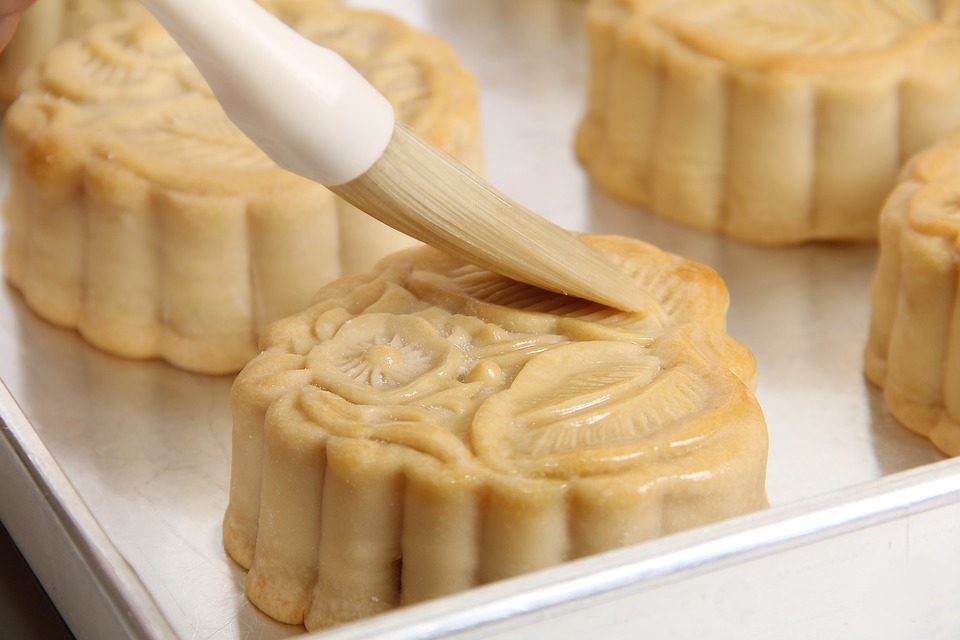 Image via Pixabay
Image via Pixabay
Moon cakes, those pastries you’re seeing everywhere at the moment, are absolutely central to the Mid-Autumn Festival. The round shape symbolizes completeness and reunion and is traditionally gifted to family and friends to symbolize unity and completeness.
The correct way to eat them is for the senior member of the household to cut them into slices and distribute them to the family.
The typical moon cake is only a few inches in diameter and is traditionally filled with either five kernel and pork, red bean paste or lotus seed paste, however, more contemporary styles and fillings, such as cookies and ice cream, are becoming increasingly popular. (Even popular Western brands make their own moon cakes.)
READ MORE: How Calorie-Packed Moon Cakes Tip the Scales
The history behind moon cakes is long and varied. According to legend, a Turpan businessman offered Emperor Taizong of Tang the cakes following his victory against Xiongnu on the 15th day of the eighth lunar month.
After receiving the cakes, Taizong held up the cake to the moon and compared their shapes. Eventually, the cakes became known as ‘moon cakes.’
After Taizong received the cakes, he began to share them with his advisors and officials, thus beginning the tradition of sharing moon cakes with family and friends.
According to another legend, the moon cakes were central to the uprising of the Han Chinese over their Mongol overlords at the end of the Yuan dynasty (1280-1368). The Han Chinese, as the story goes, used the moon cakes to hide the message that the rebellion was to happen on Mid-Autumn Day. The popularity of moon cakes meant that the information was able to disseminate quickly to most of the Han Chinese.
Other Traditions
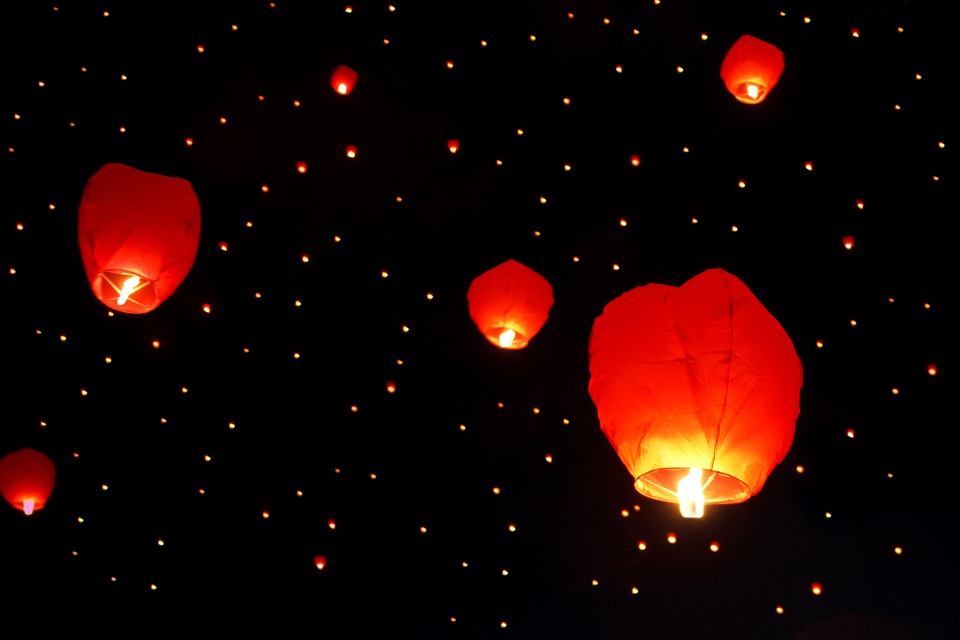 Image via Pixabay
Image via Pixabay
Lanterns are another prominent part of the festival. Whether it’s people carrying them, towers floating lanterns or lighting lanterns on towers, these brightly lit decorations play a conspicuous role in the festivities. While their origins are unclear, with some saying they have the same fertility origins as the ancient Mid-Autumn celebrations, what’s clear now is that they have come to symbolize the festival itself.
If you’ve still got room after eating all those moon cakes, try other traditional imperial dishes, including nine-jointed lotus roots, which symbolizes peace, and watermelons cut into the shape of lotus petals, symbolizing reunion. In the south of the country, fruits such as apples, oranges, peaches, grapes and pomelos are eaten widely.
Whatever you’re doing this Mid-Autumn Festival, make sure you enjoy yourself and eat lots of moon cakes – but just be prepared to work off those glutinous treats after the festival is over!
This article was originally published on Thatsmags.com in September 2016. It has been updated and republished on September 9, 2022.
For more of The Explainer, click here.
[Cover image via Wikimedia Commons]
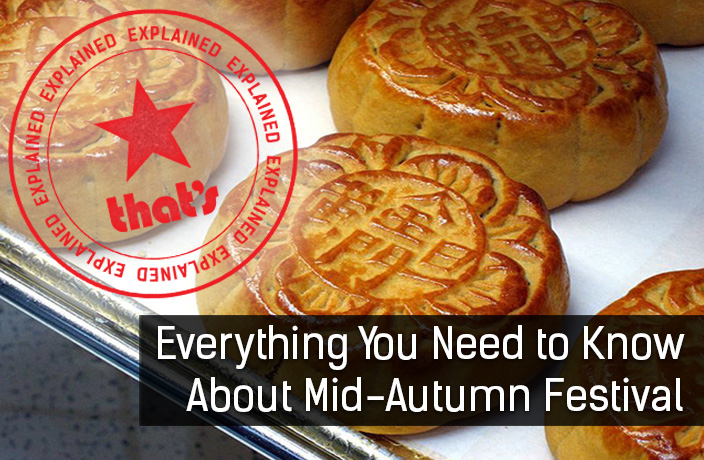






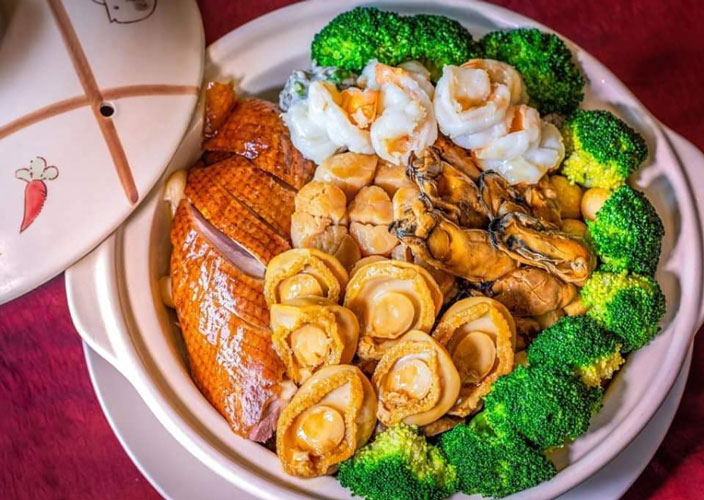
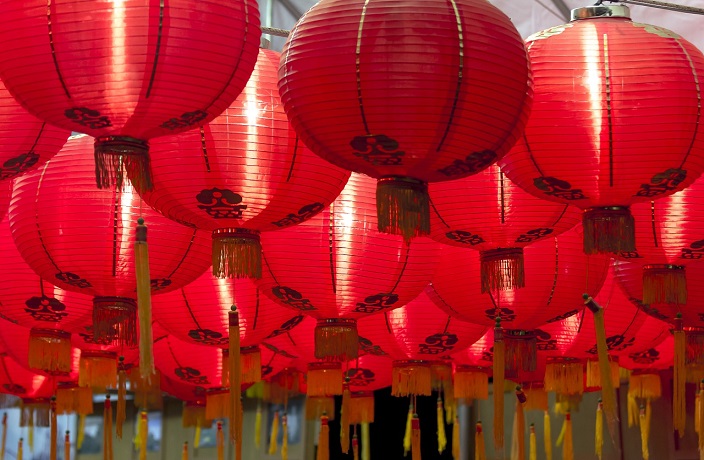













0 User Comments